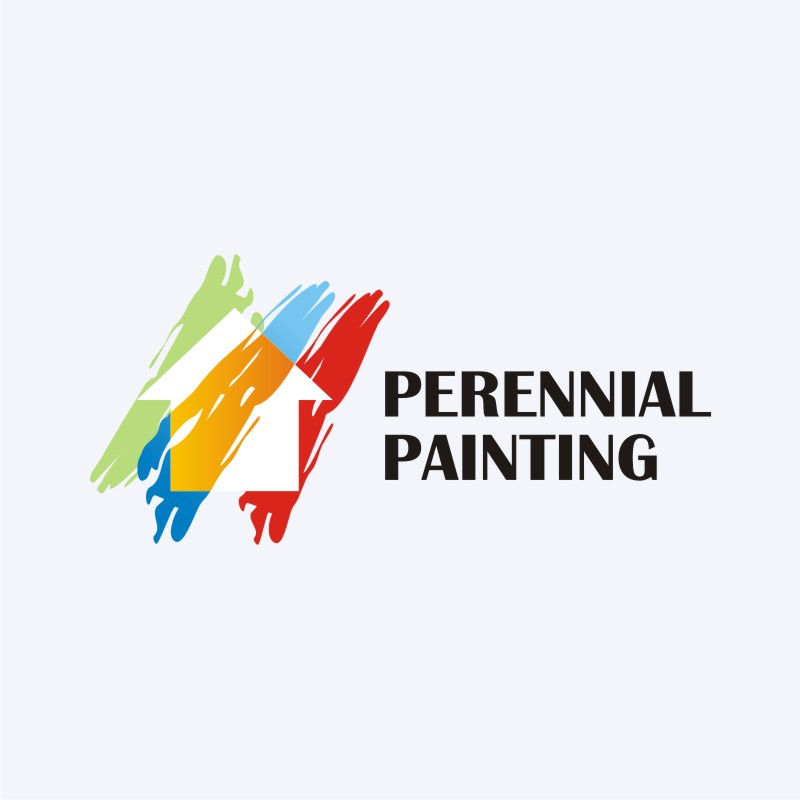Discover Exactly How Seasonal Influences Can Impact The Efficiency Of Industrial Outside Painting And Discover The Most Beneficial Times To Ensure Sturdy Results For Your Task
Discover Exactly How Seasonal Influences Can Impact The Efficiency Of Industrial Outside Painting And Discover The Most Beneficial Times To Ensure Sturdy Results For Your Task
Blog Article
Web Content Composed By-Ford Skafte
When you're planning a business exterior painting job, seasonal elements can make or damage your results. You'll want to think about how temperature level and moisture impact paint application and drying times. Selecting the ideal season can guarantee your paint sticks correctly and lasts longer. But which art galleries tulsa are genuinely the very best for this type of job? Allow's discover the crucial elements that can impact your task's success.
The Effect of Temperature Level on Paint Application
When you're preparing a business external paint project, the temperature level can substantially impact exactly how well the paint sticks and dries.
Ideally, you intend to paint when temperatures range between 50 ° F and 85 ° F. If it's also chilly, the paint might not cure correctly, resulting in issues like peeling or splitting.
On the flip side, if it's also hot, the paint can dry too promptly, avoiding proper adhesion and resulting in an unequal surface.
You should likewise consider the moment of day; early morning or late afternoon provides cooler temperatures, which can be much more desirable.
Constantly check the maker's suggestions for the particular paint you're making use of, as they typically provide assistance on the ideal temperature level array for optimum results.
Moisture and Its Impact on Drying Times
Temperature isn't the only environmental factor that affects your business outside paint job; moisture plays a substantial function too. High humidity levels can slow down drying times substantially, affecting the general top quality of your paint work.
When the air is filled with wetness, the paint takes longer to cure, which can lead to concerns like inadequate bond and a greater threat of mildew development. If you're repainting on an especially damp day, be prepared for prolonged wait times between coats.
visit the next website page to keep an eye on local climate condition and plan as necessary. Ideally, go for simply click the up coming document between 40% and 70% for optimal drying out.
Keeping these factors in mind ensures your job stays on track and delivers a long-term coating.
Best Seasons for Commercial Exterior Painting Projects
What's the best time of year for your industrial exterior paint projects?
Spring and very early autumn are typically your best options. During these periods, temperature levels are mild, and moisture levels are frequently reduced, creating optimal problems for paint application and drying out.
Stay clear of summertime's intense heat, which can trigger paint to dry as well swiftly, bring about poor bond and surface. Likewise, wintertime's chilly temperature levels can prevent correct drying and healing, taking the chance of the durability of your paint task.
Aim for days with temperatures between 50 ° F and 85 ° F for optimal results. Remember to inspect the local weather forecast for rain, as wet problems can spoil your task.
Planning around these aspects guarantees your painting task runs smoothly and lasts longer.
Final thought
Finally, preparing your business external painting tasks around seasonal considerations can make a considerable difference in the outcome. By organizing work throughout the optimal temperatures and moisture levels, you'll ensure far better attachment and drying times. Bear in mind to watch on local weather report and choose the right time of year-- spring and early loss are your best choices. Taking these actions will aid you attain a durable and specialist surface that lasts.
